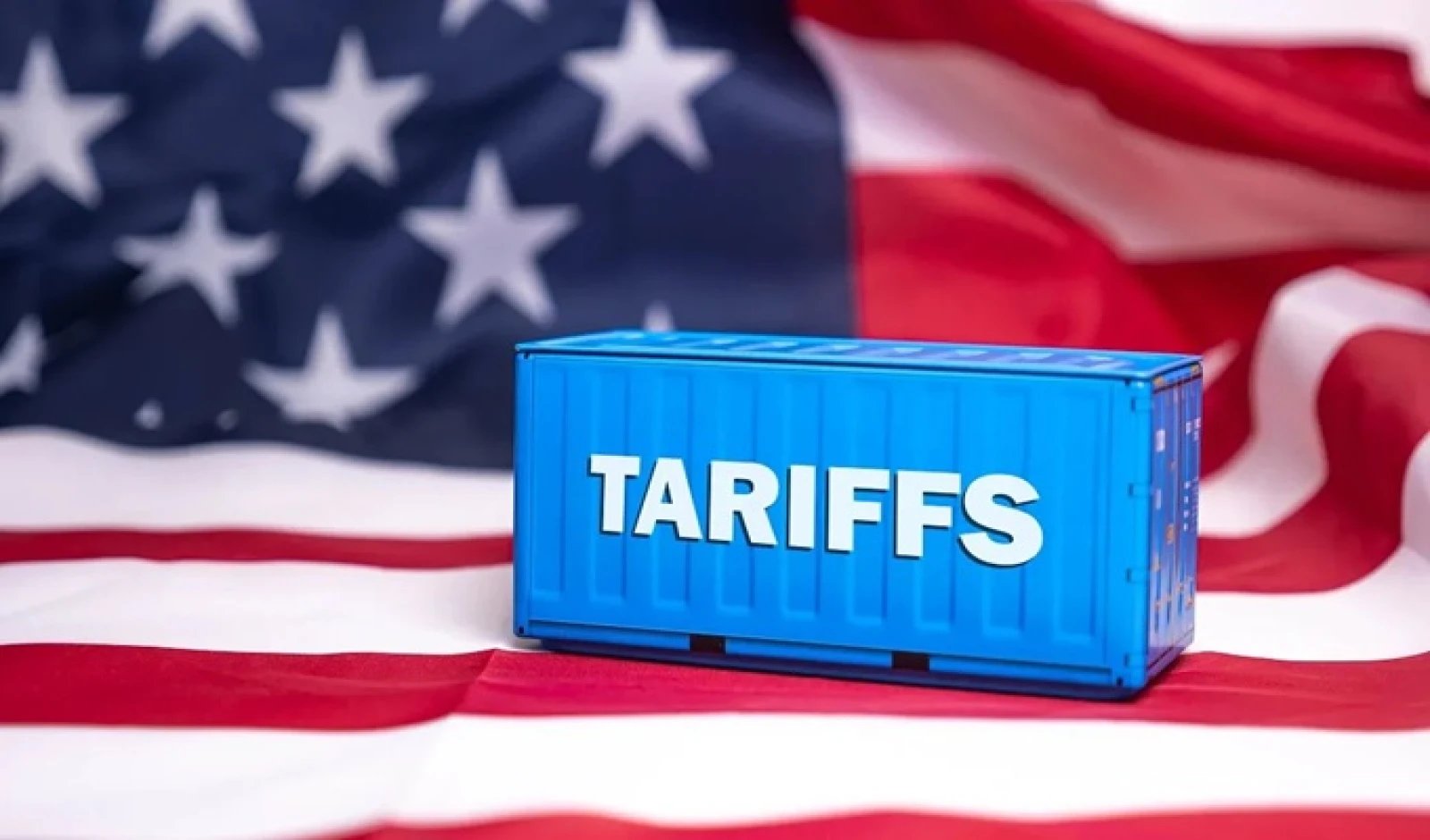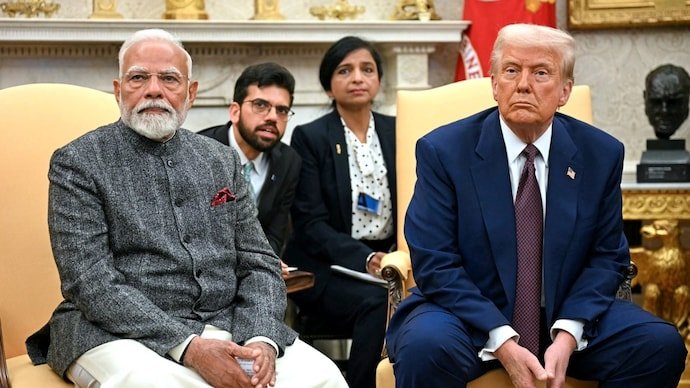Indian goods entering the United States will be subject to tariffs of up to 50% from today, following a breakdown in trade talks between the two nations.
The additional 25% levy was announced by US President Donald Trump, who is frustrated by India’s reliance on Russian oil.
Background
India and the US had pledged to strengthen trade, energy, and defence ties earlier this year, but tariff negotiations have strained relations.
The two countries have failed to sign a new trade deal, and officials say there is little hope of avoiding the imminent tariff rise.

Impact on Indian Exporters
Indian exporters are bracing for a sharp decline in US orders, with the tariffs expected to affect nearly 55% of India’s merchandise exports worth $87 billion to the US.
Exporter groups estimate that the hikes could result in a 20-30% decline in exports from September onwards.
The government has promised financial aid to affected exporters, including greater subsidies on bank loans and support for diversification.
However, exporters see limited scope for diversifying to other markets or selling in the domestic market.
Exceptions and Alternative Markets
Exceptions to the tariffs include shipments in transit, humanitarian aid, and items under reciprocal trade programmes.
The Indian government has identified nearly 50 countries to which India could boost exports, particularly items such as textiles, food processed items, leather goods, and marine products.
Broader Economic Impact
Private sector analysts warn that a sustained 50% tariff could weigh on India’s economy and corporate profits, prompting the steepest earnings downgrades in Asia.
Last week, Capital Economics said full US tariffs would chip 0.8 percentage points from India’s economic growth both this year and the next.
US-India Relations
The tariff move has raised questions about the broader relationship between India and the US, important security partners who share concerns about China.
However, both sides have expressed “eagerness to continue enhancing the breadth and depth of the bilateral relationship” and have reaffirmed their commitment to the Quad, a partnership that brings together the US, India, Australia, and Japan.

